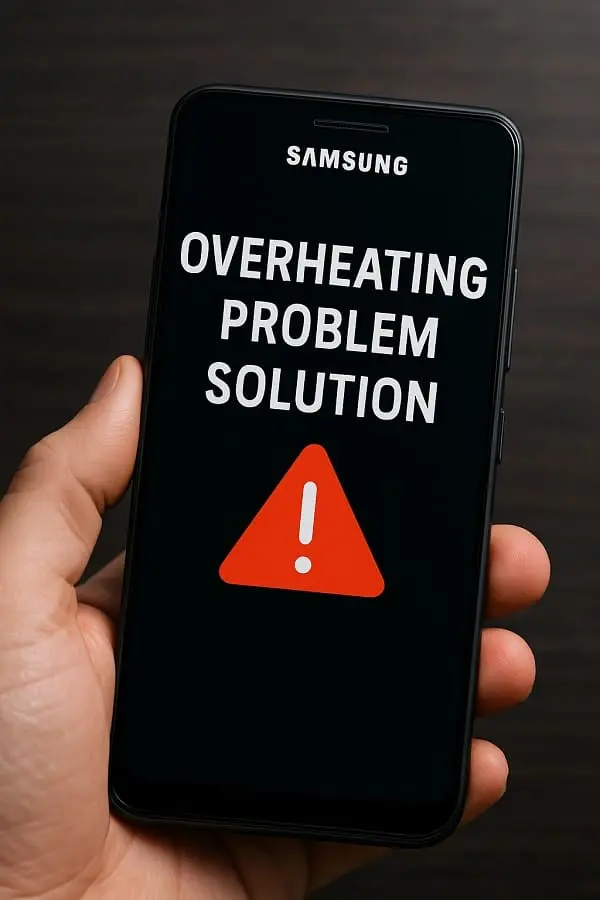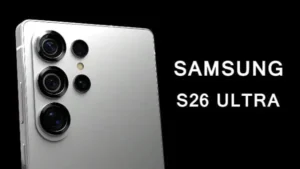Samsung phone overheating is a common issue faced by Samsung smartphone users, impacting performance, battery life, and even safety. Whether you own a flagship Galaxy S series, a Note model, or a budget device, understanding the root causes of Samsung phone overheating and applying the right fixes can prevent long-term damage. This comprehensive guide explores why Samsung phones overheat and provides actionable solutions to keep your device cool and running efficiently.
Samsung Phone Overheating? 5+ Proven Fixes & Prevention Tips
Why Is My Samsung Phone Overheating?
Samsung phones generate heat due to hardware strain, environmental factors, or software inefficiencies. Common causes include:
- Intensive Usage
- Running processor-heavy apps (gaming, video streaming, GPS navigation) for extended periods.
- Multitasking with multiple apps open in the background.
- Charging Issues
- Fast charging or wireless charging generates excess heat.
- Using damaged, non-Samsung-certified chargers or cables.
- Environmental Factors
- Exposure to direct sunlight or hot environments (e.g., inside a car).
- Poor ventilation (e.g., under pillows, in thick phone cases).
- Software Problems
- Outdated firmware or buggy apps draining resources.
- Background processes (e.g., sync, updates) running unchecked.
- Hardware Malfunctions
- Failing battery or short circuits in internal components.
How do I fix my Samsung phone from overheating?
1. Optimize Device Usage
- Close Unused Apps: Swipe away background apps via the Recent Apps menu.
- Reduce Screen Brightness: Lower brightness or enable auto-brightness to minimize battery strain.
- Disable Unnecessary Features: Turn off Bluetooth, GPS, and Wi-Fi when not in use.
2. Improve Charging Habits
- Use Original Chargers: Avoid third-party or damaged chargers.
- Avoid Using Phone While Charging: This doubles heat generation.
- Disable Fast Charging: Go to Settings > Battery > More battery settings and toggle off fast charging options.
3. Update Software & Manage Apps
- Install System Updates: Check Settings > Software update for the latest patches.
- Uninstall Problematic Apps: Boot in Safe Mode (hold Power Off until Safe Mode appears) to detect rogue apps.
- Limit Background Activity: Enable Background Usage Limits in Settings > Battery.
4. Enhance Cooling & Ventilation
- Remove Phone Case: Thick cases trap heat; remove temporarily to dissipate heat.
- Avoid Direct Sunlight: Keep the phone in shaded, cool areas.
- Use a Fan or Cool Surface: Place the phone on a flat, cool surface (not a fridge!).
5. Check for Hardware Issues
- Inspect Battery Health: Use Samsung Members App > Battery Status to check for degradation.
- Look for Swelling: A bulging battery requires immediate replacement.
- Visit a Service Center: If overheating persists, consult Samsung support for diagnostics.
Preventive Measures to Avoid Overheating
✔ Avoid Extreme Temperatures – Keep the phone between 32–95°F (0–35°C).
✔ Regular Maintenance – Clear cache, delete unused files, and optimize storage.
✔ Use Power-Saving Modes – Enable Light Mode (for performance throttling) or Medium Power Saving.
Overheating isn’t just a Samsung issue—new Android updates like Android 15 can also cause excessive heat. Learn how to cool down your device with these 12 expert-recommended fixes.
Final Thoughts
Samsung phone overheating is manageable with proper usage habits, software updates, and hardware checks. If your device frequently overheats despite these fixes, it may indicate a deeper issue requiring professional repair. By following these solutions, you can extend your phone’s lifespan and maintain optimal performance.
Need Further Help?
Visit Samsung’s official support page or contact a certified service center for assistance.
References:



